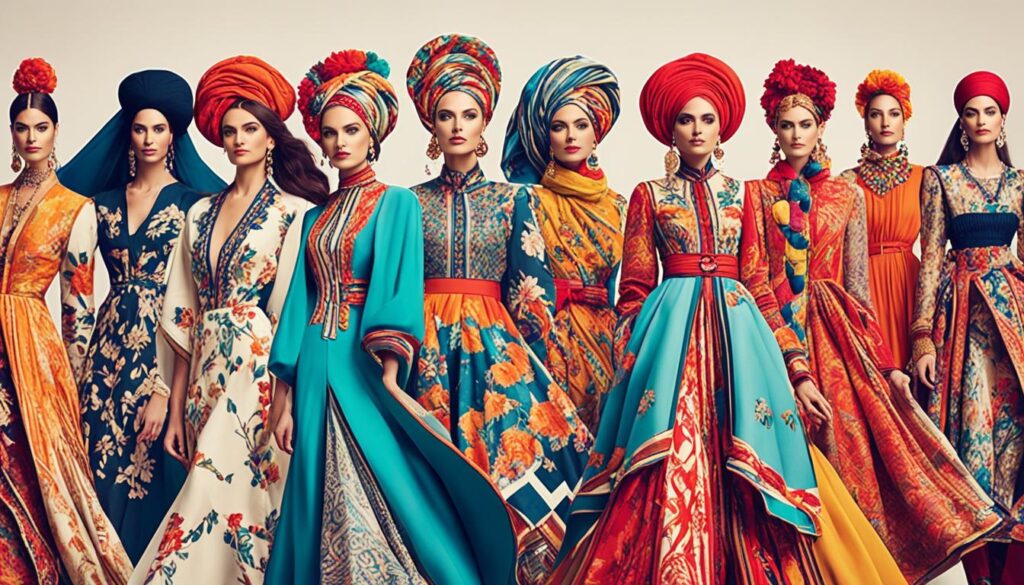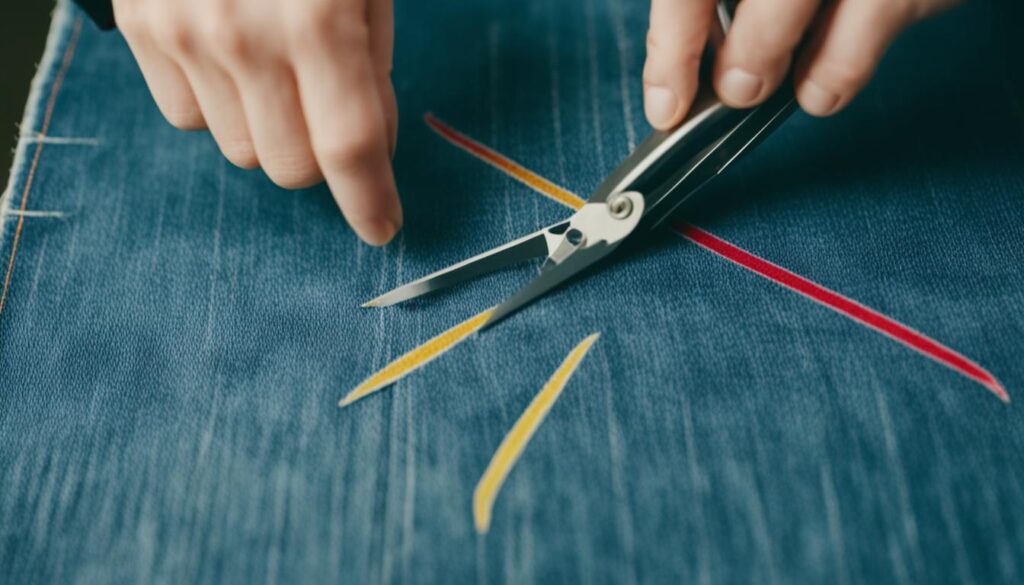Table of Contents
Overview
Introduction to cigar rolling
Cigar rolling is an age-old craft that has been perfected over centuries. It is a meticulous process that involves skillfully hand-rolling tobacco leaves to create the perfect cigar. The art of cigar rolling requires a deep understanding of the tobacco leaves, their flavors, and the techniques needed to ensure a smooth and enjoyable smoking experience. In this article, we will explore the fascinating world of cigar rolling, from the selection of tobacco leaves to the creation of masterpieces that are enjoyed by cigar enthusiasts around the globe.
History of cigar rolling
Cigar rolling has a rich history that dates back centuries. It is believed that the art of rolling cigars originated in ancient civilizations such as the Mayans and the Aztecs. These early cultures cultivated tobacco and used it for various purposes, including smoking. Over time, the practice of rolling cigars evolved and spread to other parts of the world, including Europe and the Americas. Today, cigar rolling is considered a true art form, with skilled craftsmen meticulously hand-rolling each cigar using carefully selected tobacco leaves. The process requires precision, patience, and a deep understanding of the different tobacco varieties and their unique characteristics. From the tobacco leaves to the finished product, the art of cigar rolling is a testament to the dedication and craftsmanship of those who have mastered this ancient tradition.
Importance of cigar rolling
Cigar rolling is an art form that requires precision, skill, and patience. The importance of cigar rolling cannot be overstated, as it directly impacts the quality and experience of smoking a cigar. A well-rolled cigar ensures an even burn, a smooth draw, and a balanced flavor profile. The process of rolling a cigar involves carefully selecting and arranging tobacco leaves, applying just the right amount of pressure, and expertly sealing the cigar to maintain its shape. Each step is crucial in creating a masterpiece that aficionados can truly appreciate. Without skilled cigar rollers, the art of cigar making would not exist, and the enjoyment of smoking cigars would not be the same. The importance of cigar rolling lies not only in the craftsmanship but also in the preservation of a centuries-old tradition that continues to captivate enthusiasts around the world.
Selection of Tobacco Leaves
Types of tobacco leaves
There are several types of tobacco leaves used in the art of cigar rolling. Each type of leaf contributes to the flavor, strength, and overall quality of the cigar. The three main types of tobacco leaves are wrapper leaves, binder leaves, and filler leaves. Wrapper leaves are the outermost layer of the cigar and provide the aesthetic appeal. They are usually larger, smoother, and more visually appealing. Binder leaves are used to hold the filler leaves together and provide structural support. They are typically thicker and have a higher level of elasticity. Filler leaves are the innermost part of the cigar and are responsible for the flavor and aroma. They are made up of a blend of different tobacco varieties and can vary in strength and taste. The combination of these three types of leaves is what makes each cigar unique and gives it its distinct characteristics.
Harvesting and curing process
The harvesting and curing process is a crucial step in the art of cigar rolling. It begins with carefully selecting the tobacco leaves, ensuring they are mature and of the highest quality. Once the leaves are harvested, they undergo a meticulous curing process, which involves drying and fermenting them to enhance their flavor and aroma. This process can take several months, as the leaves are carefully monitored and turned to ensure even drying. The curing process is essential in developing the unique characteristics of each tobacco leaf, providing the foundation for the masterpieces that are created by skilled cigar rollers.
Factors affecting tobacco leaf quality
Tobacco leaf quality is influenced by several factors that play a crucial role in the art of cigar rolling. One of the key factors is the type of soil in which the tobacco plants are grown. The composition and nutrients present in the soil directly impact the flavor and aroma of the tobacco leaves. Additionally, the climate in which the plants are cultivated also plays a significant role. Factors such as temperature, humidity, and sunlight exposure affect the growth and maturation of the tobacco leaves, ultimately influencing their quality. Furthermore, the skill and expertise of the farmers in handling and curing the leaves are vital in preserving the delicate flavors and ensuring a consistent quality. Overall, a combination of these factors contributes to the exceptional tobacco leaf quality required for the creation of cigar masterpieces.
Preparation of Tobacco Leaves
Sorting and grading
Sorting and grading is a crucial step in the art of cigar rolling. It involves carefully examining and categorizing the tobacco leaves based on their size, color, texture, and overall quality. Skilled cigar rollers understand that the selection and arrangement of the leaves can greatly impact the flavor, burn, and overall experience of the cigar. The sorting and grading process ensures that only the finest leaves are used in the creation of these tobacco masterpieces, resulting in cigars that are truly exceptional in both appearance and taste.
Fermentation process
The fermentation process is a crucial step in the art of cigar rolling. After the tobacco leaves are harvested, they undergo a carefully controlled fermentation process. This process involves stacking the leaves in large piles called pilones, which are then covered with cloth or palm leaves. The heat generated during fermentation causes the leaves to undergo chemical changes, resulting in the development of complex flavors and aromas. The duration of the fermentation process varies depending on the desired characteristics of the cigars. Once the fermentation is complete, the tobacco leaves are ready to be used by skilled cigar rollers to create their masterpieces.
Aging and conditioning
Aging and conditioning are crucial steps in the art of cigar rolling. After the tobacco leaves have been harvested and cured, they need to undergo a period of aging to develop their flavors and aromas. During this time, the leaves are carefully stored in special rooms with controlled humidity and temperature. This allows the natural oils and sugars in the leaves to mature, resulting in a smoother and more complex smoke. Additionally, conditioning is done to ensure that the leaves are pliable and easy to work with. This involves moistening the leaves and carefully manipulating them to achieve the desired texture and elasticity. The combination of aging and conditioning is what sets apart a well-crafted cigar from an ordinary one, making it a true masterpiece.
Cigar Rolling Techniques
Bunching the filler leaves
Bunching the filler leaves is a crucial step in the art of cigar rolling. This process involves carefully selecting and arranging the tobacco leaves that will form the core of the cigar. Skilled cigar rollers meticulously inspect each filler leaf, ensuring they are of the highest quality and free from any imperfections. The leaves are then layered and stacked, creating a uniform bundle that will determine the flavor, strength, and overall character of the cigar. This delicate task requires precision and expertise, as the way the leaves are bunched will directly impact the smoking experience for cigar enthusiasts around the world.
Applying the binder leaf
Applying the binder leaf is a crucial step in the art of cigar rolling. The binder leaf acts as the glue that holds the filler leaves together, ensuring a consistent burn and draw. It is carefully selected for its elasticity and strength, as it needs to be able to securely wrap around the filler leaves without tearing or unraveling. The binder leaf is skillfully applied by the cigar roller, who uses their dexterity and expertise to create a tight and seamless bond. This step requires precision and attention to detail, as any imperfections in the application of the binder leaf can affect the overall quality and smoking experience of the cigar. Once the binder leaf is applied, the cigar is one step closer to becoming a true masterpiece.
Wrapping with the wrapper leaf
Wrapping with the wrapper leaf is a crucial step in the art of cigar rolling. The wrapper leaf is the outermost layer of the cigar and plays a significant role in the overall appearance and flavor of the cigar. It is typically made from high-quality tobacco leaves that have been carefully aged and fermented to achieve the desired characteristics. The process of wrapping involves skillfully applying the wrapper leaf around the binder and filler leaves, ensuring a tight and seamless fit. This step requires precision and expertise to create a visually appealing and well-constructed cigar. The wrapper leaf also contributes to the flavor profile of the cigar, adding subtle nuances and complexity. It is through the careful selection and application of the wrapper leaf that cigar artisans are able to transform a bundle of tobacco leaves into a true masterpiece.
Mastering the Art of Cigar Rolling
Training and apprenticeship
Training and apprenticeship are crucial steps in mastering the art of cigar rolling. Aspiring cigar rollers undergo rigorous training programs that teach them the intricacies of selecting and preparing tobacco leaves, as well as the delicate process of rolling and shaping cigars. They learn to identify and work with different types of tobacco, understanding the nuances of flavor profiles and the importance of proper aging. Under the guidance of experienced master rollers, apprentices gain hands-on experience, honing their skills and perfecting their technique. This intensive training period ensures that each cigar produced is a work of art, crafted with precision and expertise.
Developing dexterity and precision
Developing dexterity and precision are crucial skills for anyone aspiring to become a master cigar roller. The art of cigar rolling requires a steady hand and a keen eye for detail. Every movement must be precise, from selecting the perfect tobacco leaves to delicately rolling them into a tight cylinder. This level of precision ensures a consistent burn and draws, resulting in a high-quality cigar that aficionados will appreciate. It is through countless hours of practice and dedication that cigar rollers develop the dexterity needed to create these masterpieces.
Understanding the nuances of blending
Blending tobacco leaves is a delicate process that requires a deep understanding of the nuances involved. It is the art of combining different types of tobacco leaves to create a unique and balanced flavor profile. Master cigar rollers have spent years honing their skills and knowledge to achieve the perfect blend. They carefully select leaves from various regions, each with its own distinct characteristics, such as strength, aroma, and texture. By skillfully blending these leaves, they can create cigars that offer a harmonious and complex smoking experience. Understanding the nuances of blending is essential for anyone aspiring to become a cigar connoisseur or a master cigar roller.
Quality Control and Inspection
Visual inspection
Visual inspection is a crucial step in the art of cigar rolling. Skilled craftsmen meticulously examine each tobacco leaf, ensuring that only the finest quality leaves are used in the creation of these masterpieces. They inspect the texture, color, and overall appearance of the leaves, looking for any imperfections or inconsistencies. This attention to detail guarantees that every cigar is visually appealing and meets the high standards expected by cigar enthusiasts. By carefully examining the tobacco leaves, cigar rollers are able to create cigars that not only taste exceptional but also look like works of art.
Draw and burn test
The draw and burn test is an essential step in the art of cigar rolling. This test ensures that the cigar has been properly constructed and will provide a satisfying smoking experience. During the draw test, the roller checks the resistance of the airflow through the cigar, ensuring that it is not too tight or too loose. The burn test, on the other hand, evaluates the evenness and consistency of the cigar’s burn. By carefully observing the burn line, the roller can determine if the cigar is burning evenly or if there are any issues that need to be addressed. The draw and burn test is a critical skill that every master cigar roller must master to create cigars of the highest quality.
Taste testing and flavor profiling
Taste testing and flavor profiling are essential aspects of the art of cigar rolling. Cigar aficionados and experts meticulously analyze the flavors and aromas that each cigar offers to discern its quality and uniqueness. Through careful examination, they are able to identify the different notes and nuances present in the tobacco blend. From earthy and woody flavors to hints of spice and sweetness, the taste testing process allows connoisseurs to appreciate the complexity and craftsmanship behind each cigar masterpiece. Furthermore, flavor profiling enables cigar makers to create blends that cater to a variety of preferences, ensuring that every smoker can find a cigar that suits their taste. Whether it’s a bold and robust smoke or a mellow and creamy experience, the art of taste testing and flavor profiling plays a crucial role in the world of cigar rolling.
















